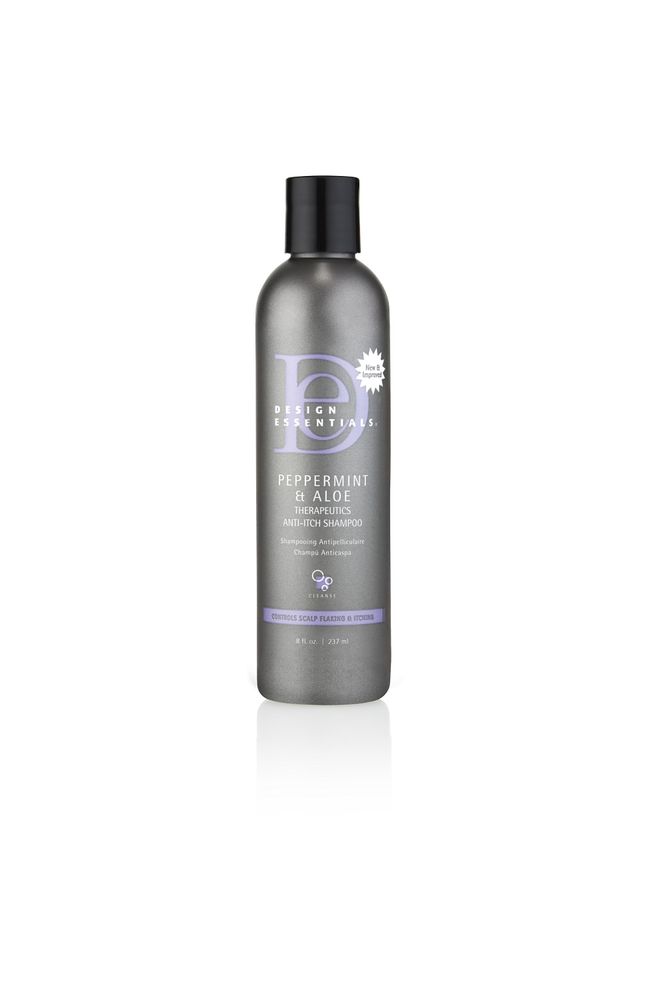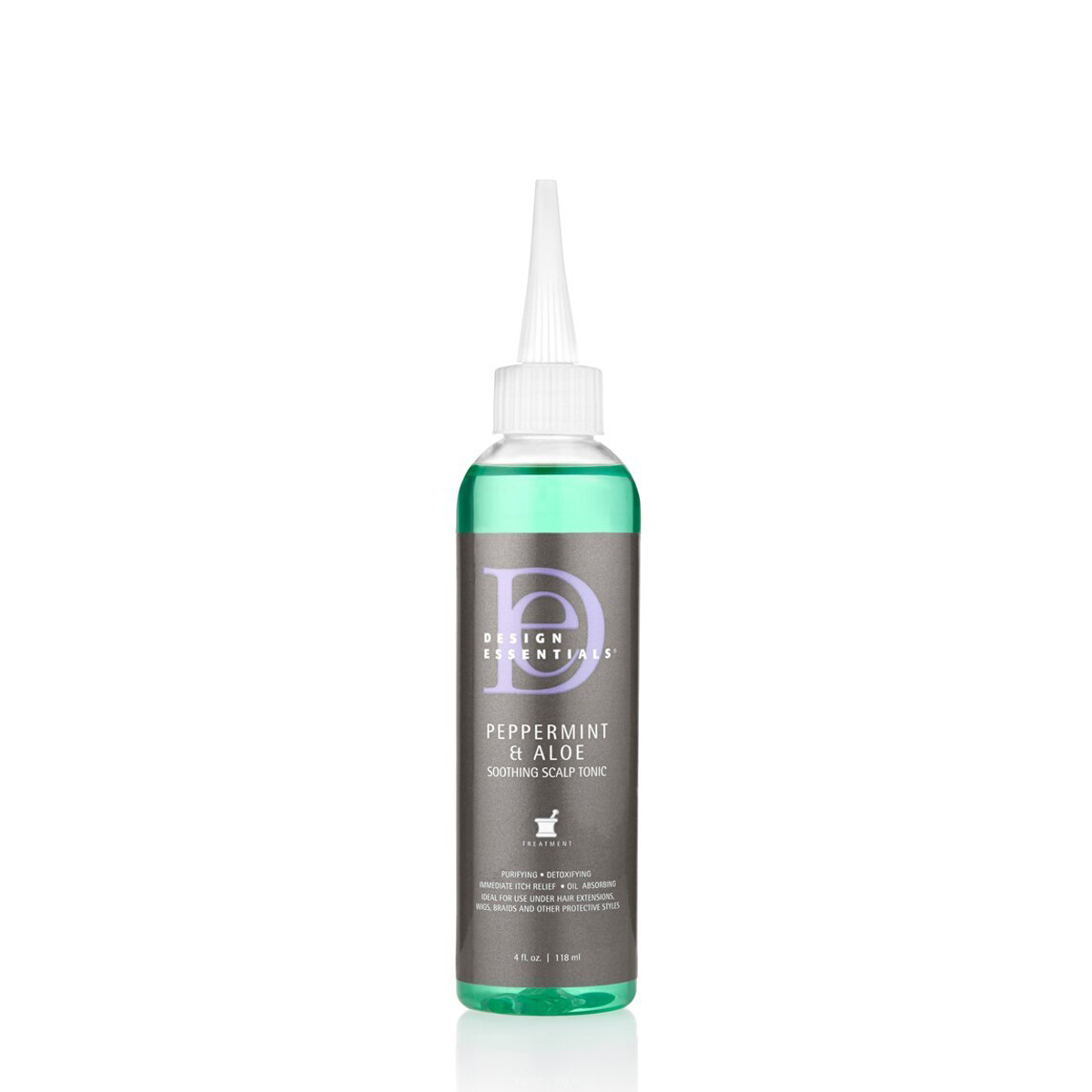Table Of Content

By using plant clips, you create an arrangement of floating terra cotta pots to add even more appeal. Understanding basic gardening terms and following plant care guidelines, like sun and water requirements, is vital for the health and growth of herb plants. Considering factors like height, temperature, and hardiness zones is also important in herb gardening. There are many different types of herbs, and it’s essential to categorize them based on their unique characteristics. Herb plants belong to various plant families, such as the mint family, rosemary family, and parsley family.
How to create a herb garden
An indoor garden planted up with lots of useful and tasty herbs definitely gets our vote. Even a small patio area can accommodate a raised bed and they can be easier to look after than having lots of herbs scattered around in different pots. When working out the dimensions, bear in mind you should be able to get to the center of the raised bed from each side without having to tread on your crops.
Thriving With Potted Plants
Whether you have room for only a container or are blessed with room for raised garden beds, your culinary herbs will delight the senses and give your love for design full expression. For gardens that don’t have the space for large garden beds or a more formal design, it may be best to consider utilising other areas for growing your herbs. Looking at how the sun travels across your space is key to working out what you can plant and where.
Raised Garden Bed Kits
This lets you grow significantly more plants in a smaller amount of square footage. It could be an independent stand or one that leans against a wall. There will be several levels that start at the ground and go up to five or six feet. Herb plants are also beautiful, so why not turn your herb garden into an actual garden? Several perennial herbs, like the lemon verbena, have beautiful flowers that will last throughout the spring and summer seasons.

Herb Garden Designs - Different Ways For Designing An Herb Garden
Raised beds especially lend themselves to this type of setup, helping create a sense of ordered calm. Planting one type of herb per bed emphasizes the order, while making maintenance far simpler. Don’t let awkward or limited spaces keep you from developing a great herb garden design. If you don’t want to build a raised garden from scratch, you can order a raised garden bed kit. Here are 2 types of raised garden kits that work well for herb gardens. The most successful small herb garden designs combine your favorite herbs and flowers in pretty combinations.
Plants Related to this Article
Additionally, focus on herbs that are well-suited for your region’s growing conditions to increase your chances of success. When sourcing herbs, it’s best to buy from local nurseries or growers to ensure the plants have not been treated with harmful chemicals. It’s also possible to start herbs from seeds, which can be obtained from reputable sources.
In addition, one might prefer different varieties of one herb plant. Another option might include a specific locale, such as an Italian herb garden filled with herbs like basil, parsley, oregano, rosemary, etc. Lastly, it is recommended to learn about different herb plant families and their unique needs before starting an herb garden. By understanding the basics of herb gardening and selecting the right herbs based on sunlight requirements, gardeners can successfully grow and enjoy a variety of popular herbs.
How to Plant and Grow Basil - Herbs - Better Homes & Gardens
How to Plant and Grow Basil - Herbs.
Posted: Tue, 04 Oct 2022 07:00:00 GMT [source]
Overall, taking into account the space requirements of herbs will help ensure that your herb garden is healthy and productive. Whether you have limited space and need to grow herbs in containers or have ample garden space, planning ahead will lead to a successful and thriving herb garden. To improve soil drainage in your garden, consider adding organic matter or compost to the soil. If you're looking to create a beautiful herb garden design, one great option to consider is raised beds. Raised beds offer several advantages, both practical and aesthetic, that can take your herb garden to the next level.

Container Herb Garden
Use several coats of non-toxic paint if you want to smarten them up. Traditional French wooden wine boxes are ideal for container displays and vintage-style ones are widely available online. Durable as well as looking decorative, they are roomy enough for planting up a good selection of herbs. Trellis is available with varying slat sizes and gap widths, allowing you to choose the best arrangement for your own hanging herb garden.
52 Beautifully Landscaped Home Gardens - Architectural Digest
52 Beautifully Landscaped Home Gardens.
Posted: Wed, 29 Mar 2017 07:00:00 GMT [source]
Rosemary is known to deter cabbage moths when planted alongside cabbage and other cruciferous vegetables. By integrating companion plants, you can create a harmonious and mutually beneficial ecosystem in your herb garden. One of the many advantages of a square foot garden is the ability to create various layouts that suit your personal style and needs. Whether you prefer a symmetrical design with straight lines or a more organic and free-flowing layout, the possibilities are endless. With a little creativity, you can design a herb garden that not only pleases the eye but also promotes healthy plant growth.
The top planting area gets full sun and has better drainage, so herbs that like exposure to the sun and good drainage are planted there. The bottom area of the spiral is more suitable for herbs that need moist soil and less sun. The spiral herb garden gives you several zones with different soil characteristics and sun exposure to suit all your herb needs.
If you are on a tight budget or upgrading a rented garden, you will want to go for high-impact, but budget garden ideas. Reclaimed and recycled materials generally cost less than new, while ‘fluid’ materials, such as gravel, are cheaper than paving. In many gardens, it’s possible to cover or clad rather than remove – a sound concrete pad, for example, might be the ideal sub-base for attractive paving. To ensure the base sits flat on the floor and hides the nuts and washers, countersink the threaded rod holes in the base (A) and top cap (C). To do this, drill your marked threaded rod holes using a 1-1/8-in.
If you’re working with a designer, the brief should be developed together before being agreed. Avoid requesting specific design details – ‘decking’, for example – at the outset. Instead, descriptive words such as ‘durable’, or ‘warm’ will evoke a more creative response – the reason you probably engaged the designer in the first place.
Amending the soil with compost and peat moss can improve its quality and ensure proper drainage. It is also important to consider the needs of the herbs in terms of sunlight and space. Additionally, some herbs are perennials and will come back year after year, while others are annuals and will need to be replanted each year. In terms of space, it is important to give herbs enough room to grow, and it is helpful to map out the garden to ensure proper spacing. Herbs can also be grown in containers, which allows for more control over growing conditions.
The easiest herbs to grow include basil, sage, thyme, catnip, dill, calendula, and chamomile. These herbs are perfect for beginners with small herb gardens as they require minimal maintenance and can add fresh flavors and fragrances to your dishes. With limited space, it’s important to choose herbs that grow well together and can thrive in your garden’s growing conditions. Container gardening is a wonderful and creative way to add beauty and functionality to your herb garden design. With containers, you have the freedom to place your herbs anywhere you desire, whether it's a sunny windowsill or a small balcony.










